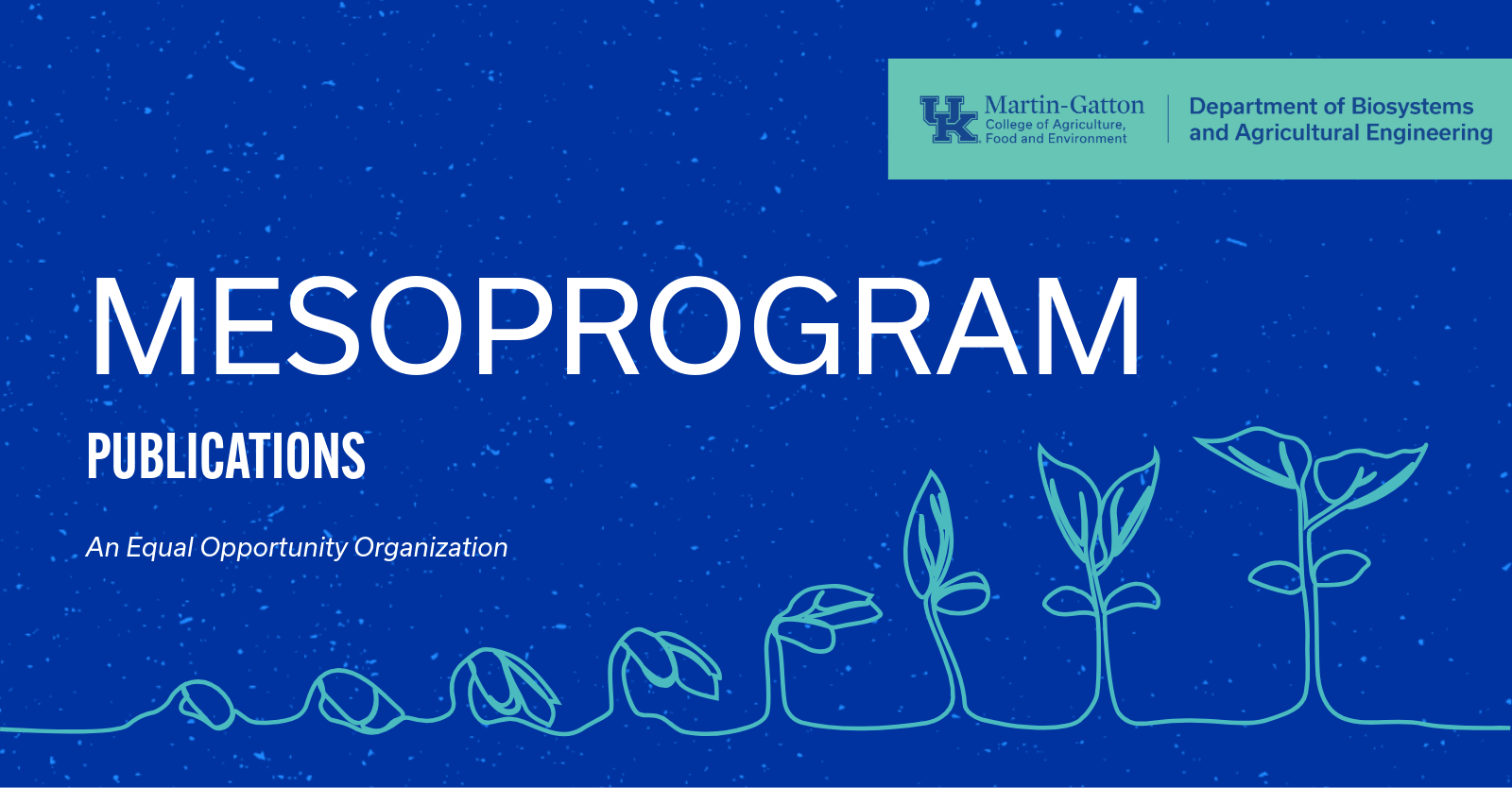Isotopically Tracing the Impact of Water Contaminant “Cocktails” on Nitrogen Pathways in Constructed Treatment Wetlands
Isotopically Tracing the Impact of Water Contaminant “Cocktails” on Nitrogen Pathways in Constructed Treatment Wetlands
Published on July 24, 2025

Abstract
Constructed wetlands mitigate nitrogen (N) loads in surface runoff, yet implications of common contaminant “cocktail” mixtures to wetland N removal are relatively unexplored. A 15N isotopic tracer was used to assess the impact contaminants from urban (imidacloprid, caffeine, and PFOS) and rural (atrazine, glyphosate, and sulfate) environments have on nitrogen (N) pathways in free-water surface wetlands (FWS) and floating treatment wetlands (FTW). Nitrate-N removal rates ranged from 0.20 to 0.68 d-1and were dependent on the contaminant mixture and wetland design. Of the enriched 15N, biomass uptake accounted for 36.5 ± 30.7 %, 6.3 ± 4.2 % was denitrified and lost through air-water exchange, and 55.9 ± 24.4 % was assumed to have been denitrified and transmitted through plant tissues or lost due to ebullition (bubbling). The FTWs had increased temporary storage of N while the FWSs had increased permanent removal. In the presence of contaminant mixtures, both designs observed a shift in the NO3 N removal pathway toward increased biomass uptake. Caffeine (59.7 ± 3.6 %), PFOS (65.9 ± 8.8 %), atrazine (92.0 ± 0.6 %), and glyphosate (>89.1 %) were effectively removed from the water with limited removal for SO42- (2.3 ± 12.3 %). Findings elucidate implications to N fate and maintenance required (e.g., biomass harvesting) in two constructed pulse-flow wetlands positioned in urban and rural landscapes while providing a clear understanding of how system design and water quality characteristics impact biogeochemical cycling.
N removal pathway toward increased biomass uptake. Caffeine (59.7 ± 3.6 %), PFOS (65.9 ± 8.8 %), atrazine (92.0 ± 0.6 %), and glyphosate (>89.1 %) were effectively removed from the water with limited removal for SO42- (2.3 ± 12.3 %). Findings elucidate implications to N fate and maintenance required (e.g., biomass harvesting) in two constructed pulse-flow wetlands positioned in urban and rural landscapes while providing a clear understanding of how system design and water quality characteristics impact biogeochemical cycling.
Authors
Emily N Byers, Tiffany L Messer, Craig Tobias, Daniel N Miller, Christopher Barton, Jason Unrine, Carmen Agouridis
